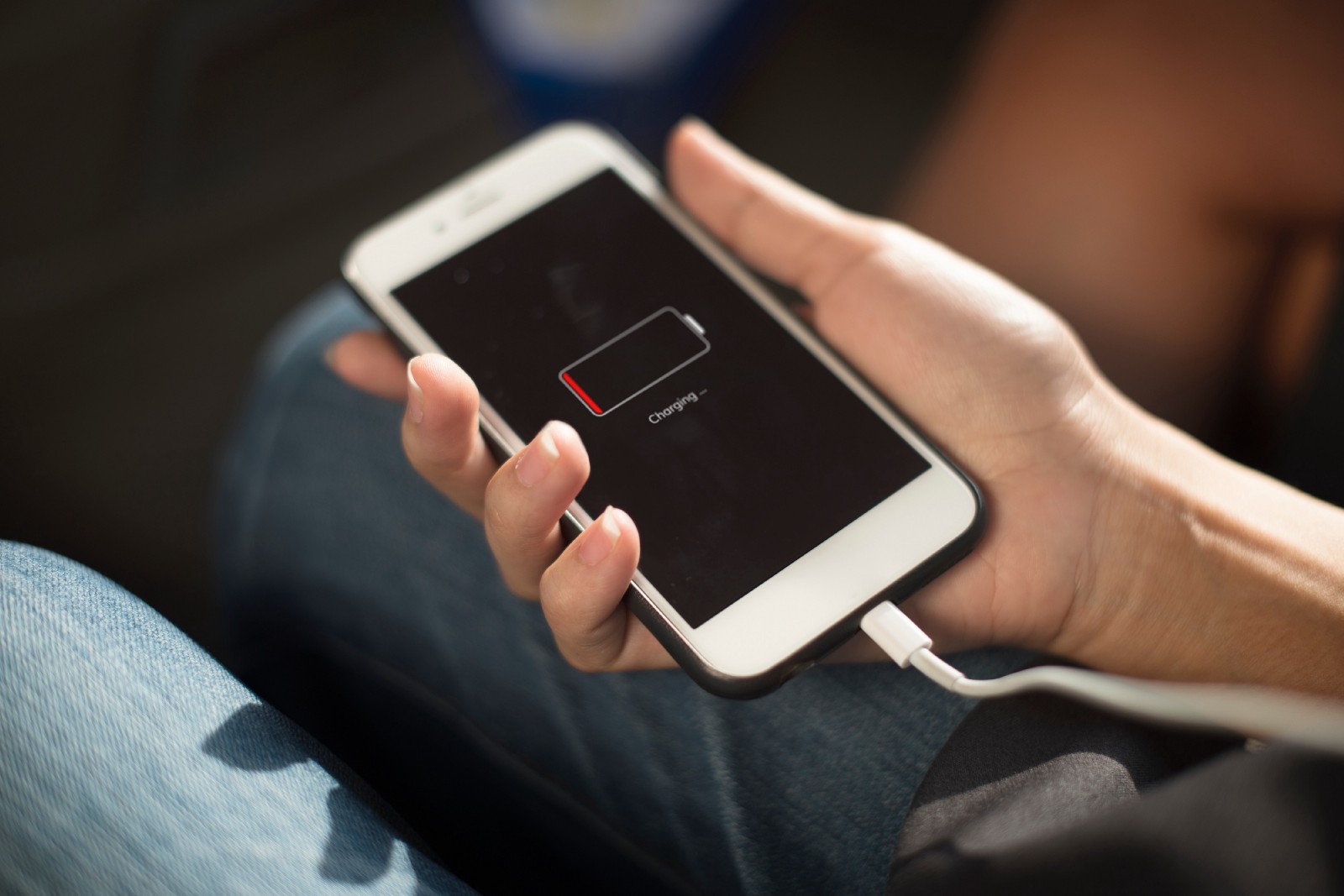Most of us have specific habits when it comes to charging devices for smartphones (θήκες κινητών). But, these can “kill” the batteries.
Unfortunately, the capabilities of lithium batteries diminish over time. However, their life can be “extended” with a few simple changes in how they are charged.
The main factors that affect device batteries are temperature, state of charge and how often we charge them, two scientists who study lithium batteries, Gregory Keoleian of the University of Michigan and Michael Pecht of the University of Maryland, tell the Washington Post.
Everyone should follow the manufacturers’ specific instructions, they stress. But there are some general tips that can help, they point out.
Do not charge before the battery drops to 20%
All devices are designed and manufactured with a target number of times the battery can be fully discharged and recharged. It is usually between 300 and 1,000.
A handy rule of thumb is: don’t start charging before the battery reaches about 20% and try to stop when it reaches about 80%. “It is better to charge right before using the device. That’s the ideal,” says Keoleian.
Also, the slower the charge, the less damage is done to the battery. Some devices are sold with fast charging capability. Speed is certainly a good thing when one is in a hurry, but he advises avoiding it when there is no need.
Do not leave it plugged in at 100% or shut down
Many of us charge our devices during the night, while we sleep. But then we have them charging on the way to work, or all day at the office. Avoid keeping devices plugged in all the time as this can weaken the battery’s capabilities.
But the reverse is also true. When a battery goes completely dead, that too is aggravating. Also, the myth that occasionally it is good to completely discharge and recharge the battery is not true. This is for lead-acid batteries, not the lithium batteries that most portable devices now have.
He recommends that devices that are not going to be used for a while be stored with about 50% charge. This means that it is not a good idea to leave them plugged in when not in use.
Do not let them overheat
For batteries, the ideal temperature is 22 degrees Celsius, or even lower. It is particularly bad for them to be exposed to temperatures above 32 degrees, for example in the car on a hot summer day.
Cooler temperatures are not as burdensome, although some manufacturers advise against charging in extreme cold. Pecht says he stores the batteries he doesn’t use in the refrigerator. Just make sure they are not exposed to moisture, which could cause corrosion.
Don’t obsess over charging new devices
The good news is that in the last decade, devices such as smartphones and laptops have become much “smarter” when it comes to charging and automatically prevent some of the aforementioned mistakes.
Many laptops know when to stop charging and keep the battery below 100%, though Keoleian says it’s still a good idea to unplug them occasionally.
iPhones running iOS 13 or later have Optimized Battery Charging, which can record your usual routine and automatically time the charge, making sure the battery is ‘full’ for example before wake up and start using the device.
Repair or replace the battery
When the battery finally “dies”, you don’t necessarily have to throw the device away. Ask the manufacturer if you can replace the battery, or have it repaired by a specialist. Changing the battery every few years, maintaining the device, is not only an economical solution, but also benefits the environment.
Some cases should be removed before charging because they generate excessive heat, which in turn affects battery life. If you notice your device getting warm when charging, remove it from the case before plugging it back in.
If you plan to store an iPhone for a long time, do not do so with the battery fully charged. Store it closed, with the battery at about 50%, in an environment below 32 degrees Celsius and without moisture. If you plan to store it for more than six months, it is recommended to charge it up to 50% once every six months.
Avoid extreme temperatures
The iPhone’s ideal operating conditions are between 16 and 22 degrees Celsius. According to Apple, it is important to avoid exposing the device to temperatures higher than 35 degrees, as this causes damage to the battery. The result will be that your device will work for less time on a single charge. Therefore, do not leave the mobile phone on the dashboard of the car on a hot day or avoid having it in your pants pocket.
Further damage to the battery is caused when you charge the iPhone in high temperature conditions.
Conversely, in the case of very low temperatures, battery life may be reduced, but this is temporary. When the battery temperature returns to normal levels, its performance will be restored.
See more about mobile phone cases:
- ΘΗΚΕΣ ΚΙΝΗΤΩΝ ΑΞΕΣΟΥΑΡ IPHONE
- ΘΗΚΕΣ ΚΙΝΗΤΩΝ ΑΞΕΣΟΥΑΡ SAMSUNG
- ΘΗΚΕΣ ΚΙΝΗΤΩΝ ΑΞΕΣΟΥΑΡ LENOVO
- ΘΗΚΕΣ ΚΙΝΗΤΩΝ ΑΞΕΣΟΥΑΡ LG
- ΘΗΚΕΣ ΚΙΝΗΤΩΝ ΑΞΕΣΟΥΑΡ ΝΟΚΙΑ
- ΘΗΚΕΣ ΚΙΝΗΤΩΝ ΑΞΕΣΟΥΑΡ SONY
- ΘΗΚΕΣ ΚΙΝΗΤΩΝ ΑΞΕΣΟΥΑΡ HTC
- ΘΗΚΕΣ ΚΙΝΗΤΩΝ ΑΞΕΣΟΥΑΡ NOKIA
- ΘΗΚΕΣ ΚΙΝΗΤΩΝ ΑΞΕΣΟΥΑΡ ALCATEL
- ΘΗΚΕΣ ΚΙΝΗΤΩΝ ΑΞΕΣΟΥΑΡ ASUS
- ΘΗΚΕΣ ΚΙΝΗΤΩΝ ΑΞΕΣΟΥΑΡ MEIZU
- ΘΗΚΕΣ ΚΙΝΗΤΩΝ ΑΞΕΣΟΥΑΡ MOTOROLA
- ΘΗΚΕΣ ΚΙΝΗΤΩΝ ΑΞΕΣΟΥΑΡ VODAFONE
- ΘΗΚΕΣ ΚΙΝΗΤΩΝ ΑΞΕΣΟΥΑΡ ΖΤΕ
- ΘΗΚΕΣ TABLET
- UNIVERSAL ΘΗΚΕΣ
- TEMPERED GLASS
